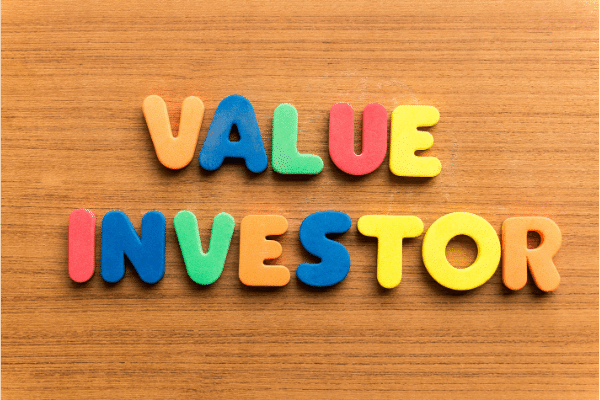When Value & Growth Collide
2 min read-
Value stocks are rising in value to the point that by some metrics, they have fallen into the “growth” sector
-
Factor investing is potentially an investor’s best tool where stocks of companies are evaluated according to factors and instead of purely distinguishing between just “value” or “growth” metrics
Warren Buffett that high priest of value investing commands a significant following, but the faith of his flock has been tested over much of the past decade, as so-called “value” stocks have limped, frustrating a generation of fund managers who made their reputation eking out equity market bargains.
But a recent rally in cheap (read “value”) stocks has those who worship at the temple of value wondering if their come to Jesus moment has finally arrived.
Since last November’s coronavirus vaccine breakthroughs, value stocks have benefited from their high sensitivity to economic cycles and are climbing fast and consistently enough to start being classified as growth stocks in their own right.
The marriage of value with growth make for strange bedfellows but could see billions of dollars chasing once-shunned value stocks, rotating from tech and healthcare, to financials, energy, materials and industrials.
Whereas in the past, stocks were fitted into neat static sectors, like utilities or tech, investors are increasingly sorting the stock market by more dynamic financial characteristics known as factors.
And unlike sectors, factors can and often do overlap, with companies dropping in and out of different classifications based on changing market dynamics.
In the past, value investors eyed their growth counterparts suspiciously and then with envy as the decade handed the bulk of the spoils to growth.
But when a value stock climbs high enough, long enough, it soon reaches levels that can no longer justify it being classified as a “value” stock and more as a growth stock.
Growth portfolios are currently dominated by tech highflyers like Tesla (-3.95%), Microsoft (-1.12%)and Apple (-1.79%), but not so long ago, during Microsoft’s dark years of stagnation, the company was considered a legacy tech firm and seen as more of a “value” play.
In similar vein, the likes of the tech firms that are topmost in a value portfolio were once upstarts, including Intel (-1.58%), IBM (+1.11%) and Cisco Systems (-0.56%).
Approaching the next period, it’s unhelpful to look purely at stocks from a growth / value lens, but with more subtlety, nuance and consideration and that requires a deeper analysis on trends which are durable (e.g. remote work) and those which are not (e.g. reduced travel).
It is through overlaying the prospects of the future with the balance sheets of the past that a better determination of what is value and growth can be made.
The post When Value & Growth Collide appeared first on SuperCryptoNews.






![Decentraland: Review & Beginner's Guide [current_date format=Y] 22 Decentraland: Review & Beginner's Guide](https://cryptheory.org/wp-content/uploads/2020/11/decentraland-02-gID_7-300x150.jpg)